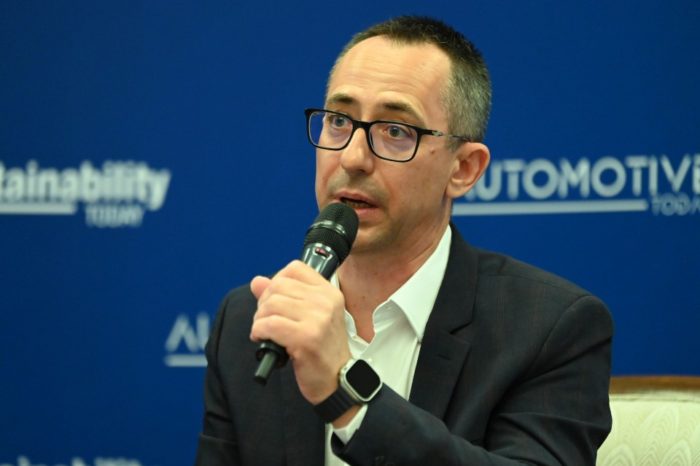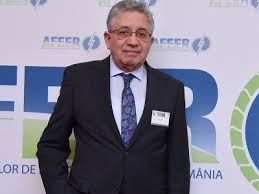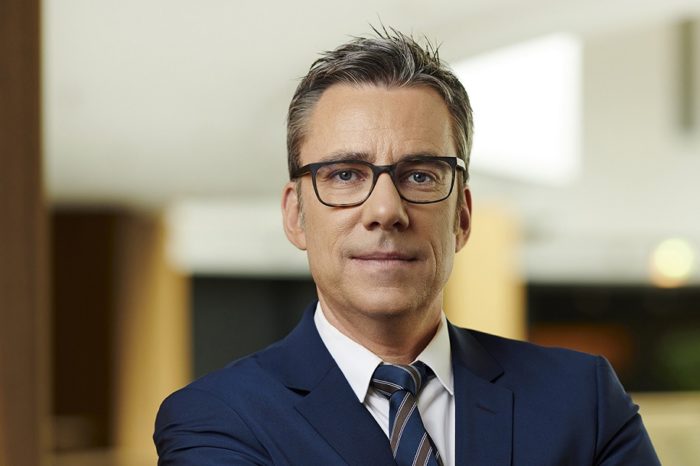Hydropower, part of Romania’s clean energy mix- Webinar main statements: As long as the water flows, Romania can have energy

We are conservative on the one hand, but not conservative enough to preserve our traditions. The project “Traditional Romania with clean energy” was launched precisely with the idea of supporting the continuity of ancestral traditions, with the support of new energy techniques and technologies. And one of the levers to which Romania is still hindering itself is the hydrological resource.
Hydropower is part of the clean energy mix, that’s why the Intelligent Energy Association proposed to analyze its situation.
At the moment there are various energy projects, plans, strategies, but without good coordination we risk not overcoming the current crisis too soon, according to the experts present at the debate “Hydroenergy, part of Romania’s clean energy mix”. Moreover, the challenges related to Romania’s hydrological strategy, in the context of climate change, require a rethinking of the territorial development and ongoing projects, but also a change of approach from the perspective of energy production management, emphasized Dumitru Chisăliță, president of the Association Intelligent Energy. We fiercely look for problems that don’t exist to block projects, instead we don’t see the multiple problems that do exist and need immediate attention, he added.
“The energy crisis and the war next to us should lead us to have a different approach both from the perspective of the management of energy production and from the perspective of the management of the dispatching and maintenance of the system, whether we are talking about the energy system or whether we are talking about the complex of forms of energy that we have, and this should go hand in hand with a high-performing management that does not at all resemble what has happened at least in recent years” declared Dumitru Chisăliță.
The representatives of the Association of Energy Producers in Romania claim that there is currently no direct link between hydro energy and possible environmental problems, and even more, we could only talk about benefits.
The problems discussed in the public space are artificial, says Silvia Vlăsceanu, executive director of HENRO.
“Every new megawatt brought in, every new generation capacity in the present time of energy crisis and war conditions is worth more than its pecuniary value. The question – what is more important environment or energy, to build or destroy the environment? I think there is no point. No specialist in the energy field starts from the idea that he is not interested in the environment. Obviously there must be a harmony, obviously we see that this harmony works everywhere in the world, at least on the hydro side I think it is the best combination between the use of hydropower potential and other type of potential and environmental protection. (…) The role of hydropower in the power system is major because we know that electricity is not a commodity like any other but has a unique specificity, the simultaneity of production with consumption. Any imbalance can lead to non-compliance with quality parameters and some of us still remember when the frequency dropped and there were power cuts, precisely because you don’t have enough balancing energy that only hydro energy can introduce into the power system” said Silvia Vlăsceanu .
After decades, in Romania, we still wonder whether pumping storage systems are beneficial or not. What’s more, too little is said about the social component when discussing hydropower facilities, draws the attention of Bogdan Popa, Associate Doctor in Engineering. What implications do such projects have, especially for those who are not “connected” to any energy source? “First of all, hydropower means storing water, and water means life, and we all know that the total volume we have stored at a given time in all the reservoirs in our country is a natural resource because water is not only energy, it means quality energy (…) but it also means water for food, for irrigation, for drinking, washing, cleaning the cities. All these environmental associations that have been talked about and are very angry about reservoirs do not mention the social component at all. We gathered in cities every day, and when we have to supply water to a city, we need large reservoirs, we need to store the water,” said Prof. Dr. Eng. Bogdan Popa.
The Ostenweg Sysplan company is the first and currently the only team to mount photovoltaic panels on the water surface to produce energy. What is the potential of this technology, the company manager himself explained to us during the webinar. “The first project in Europe at that time using a technology of a German company – they designed and started using the floating structure, identifying the possibility and need to use water gloss. From the 2 megawatts built in 2019, many other projects followed, increasing in capacity from 7, 15, 30, 40, adding up to a total of over 250 megawatts built in the last 3 years on the surface of water in Europe, and we also already have signed projects for the next year amounting to somewhere around 130 megawatts, approved projects just waiting to be built in various countries in Europe. We built in the Netherlands, Germany, Belgium followed by France and Austria. Where a small potential to build has been identified, our customers have made use of this opportunity and see that it will be increasingly used as a technology” said Doru Baciu, Managing Director of Ostenweg Sysplan.
In Romania, we also have a wrong construction of the energy market, which no one seems to want to solve, is the opinion of Călin Vilt, Honorary Scientific Advisor CNR-CME. Among other things, this system also leads to losses of 25-30% of the energy price. “Romania has an installed hydro potential, in operation, of almost 6400 megawatts. Unfortunately, they were the “cheap” investments with tight quotation marks. We still have almost as much potential of which only 4400 megawatts is economically manageable and the investments are expensive. The largest are on the Danube, 1200 megawatts in the 3 accumulations proposed by Professor Dorin Pavel, at Turnu Măgurele – Nicopole, at Călărași – Ostrov and at Măcin. Fortunately, these developments were able to be brought back into the Danube strategy of the European Union, which is very interested in the development of the navigable channel from the point of view of the movement of goods between Constanța and Rotterdam,” said Călin Vilt.
During the webinar ” Hydropower, part of Romania’s clean energy mix”, energy consultant Gabriel Dumitrașcu wanted to raise another issue, namely the possible listing of the Hidroelectrica company on the Stock Exchange. Although the process itself would be auspicious, if it is not done in a “healthy” way there is a risk that the only independent administrator, i.e. that of Fondului Proprietatea, will disappear.
“I would have preferred it to be a capital increase with the sale of shares because beyond the general discussion that Hidro is sitting on a mountain of money, Hidro needs large sums to develop investment projects, to become a regional player through acquisitions of companies and for that you need money and this money could come through a listing. But for something like this, mature projects were needed, which unfortunately Hidroelectrica does not have. I have a big fear about the post listing effects. If the price will be an exaggerated price and I see that they are now insisting on inflating the price (just look at the value with which Hidroelectrica is caught in the balance sheet of Fondului Proprietatea, a value that has doubled in the last 2 years from my point of view unjustified), the indicator this tells us that someone is waiting to sell the Hidroelectrica share at a very high price, creating a very high expectation. Of course, the year we are going through and last year even, brought a high profitability coming in a difficult regional context, an energy crisis, the war, a high demand for energy, all competed at a high price. But this exceptional state will not last forever, or what seems exceptional now may turn out to be a normal state in the medium and long term, and then the cost base will adjust and the profitability of Hidroelectrica will no longer be the same. But this is a minor point. What seems more risky to me is the fact that there is a risk that the sole independent administrator of the Proprietatea Fund will disappear and not be replaced by another independent administrator. This would lead to a closed management” said Gabriel Dumitrașcu, Energy Consultant.
Part of the “Traditional Romania with Clean Energy” project, the event brought into debate the new forms of energy and the role that hydropower can play in the national energy mix. In a period full of challenges in terms of energy security and reaching the ambitious target of net-zero carbon emissions by 2050, Romania has entered a path of replacing classic fuels with clean, highly efficient and equally safe energy the one people are used to.
Launched by the Intelligent Energy Association in June of this year, “Traditional Romania with Clean Energy” promotes the preservation of Romanian traditions while supporting modern technologies that allow the production of clean energy. Through the pilot project carried out in the Căpățănii Mountains, 10 barns were equipped with photovoltaic panels after the restoration of the access roads, in order to facilitate the preservation of the profession of shepherding and, at the same time, we propose to carry out information campaigns on the importance of accepting new forms of energy, an energy cleaner and as safe as what people are used to.
Thus the “Traditional Romania with Clean Energy” project will make a significant contribution to preserving the national identity using clean energy.















